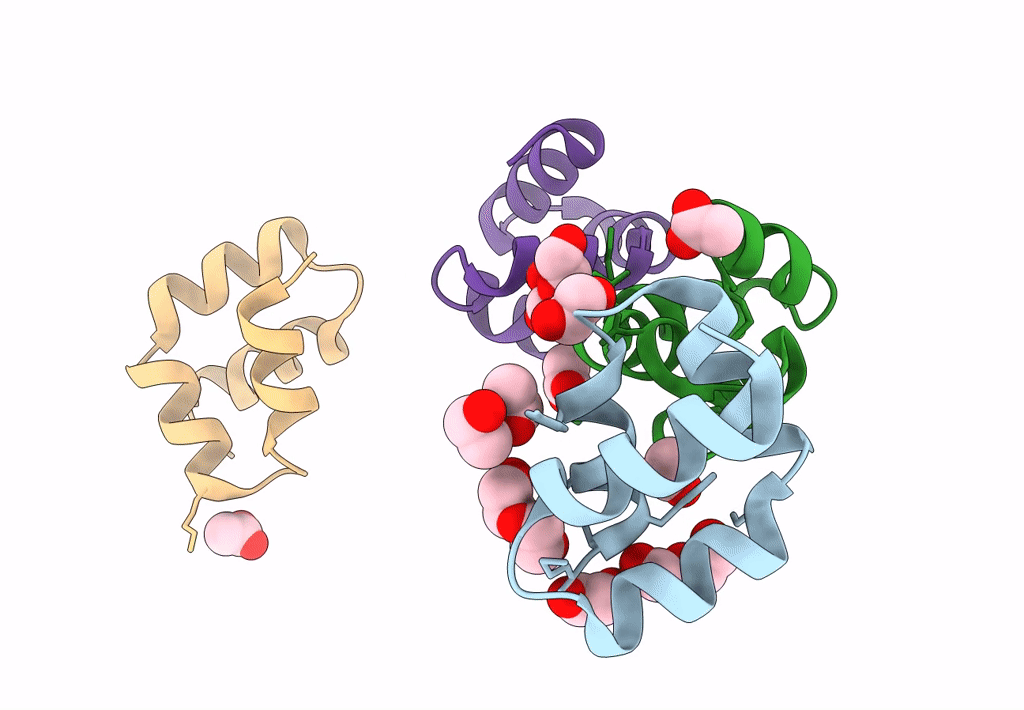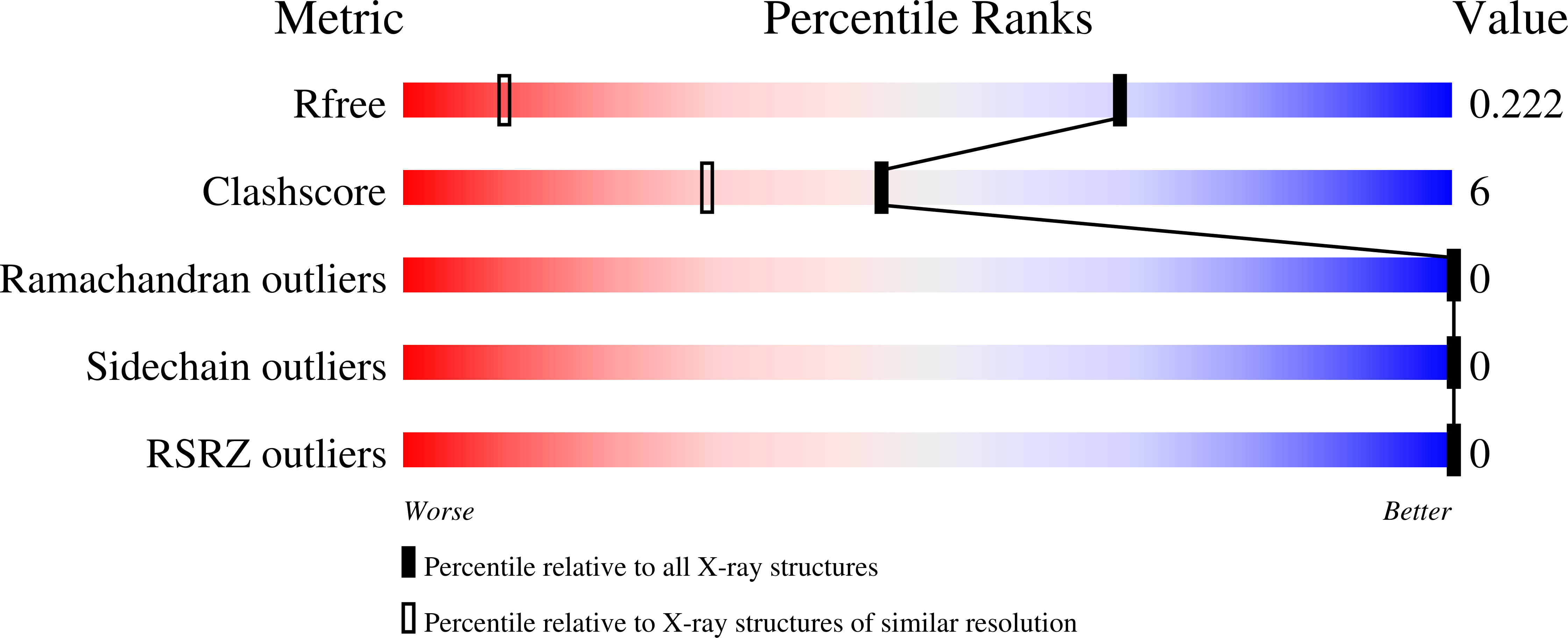
Deposition Date
2022-08-26
Release Date
2023-07-26
Last Version Date
2024-11-06
Entry Detail
PDB ID:
8AVS
Keywords:
Title:
Racemic protein crystal structure of aureocin A53 from Staphylococcus aureus in the presence of citrate and acetate
Biological Source:
Source Organism:
Staphylococcus aureus (Taxon ID: 1280)
Method Details:
Experimental Method:
Resolution:
1.21 Å
R-Value Free:
0.22
R-Value Work:
0.18
Space Group:
C 1 2 1


